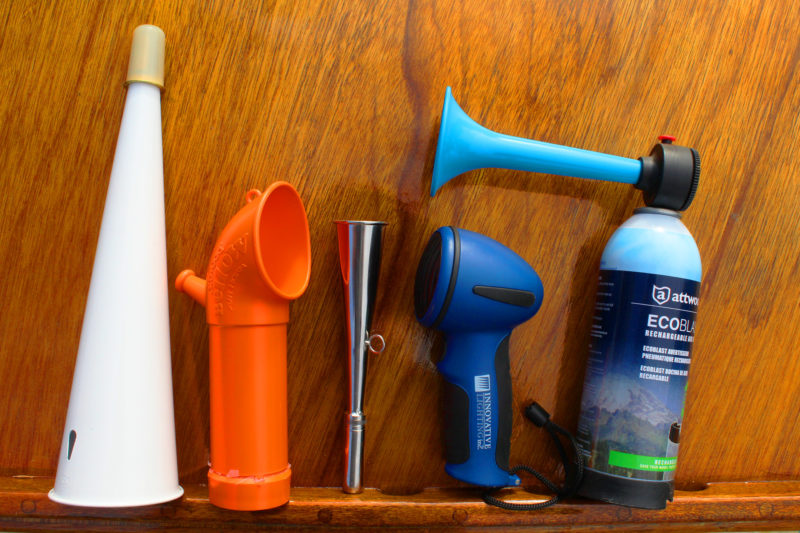 A small boat in a crowded waterway is easily overlooked by other boaters. So what do you do when it’s imperative to attract the attention of another boater, especially one who is bearing down on you? A VHF radio is a key piece of equipment that’s usually useful for communicating with commercial vessels, but it’s not the most immediate way of making your presence known to pleasure craft. A whistle might help, but if you really want to be heard over the roar of a motor, what you need is a portable horn.I went looking for a horn that is loud, compact, and durable. Because low-impact boating is my goal, I also wanted one that doesn’t require disposable compressed-gas cartridges. For vessels under 12 meters, Coast Guard regulations regarding air horns are vague—“A vessel of less than 12 meters in length…shall be provided with some other means of making an efficient sound signal”—but common sense dictates that a warning blast should be heard a couple of hundred feet away, and ideally further. A friend and I got out on the water and tested six horns over a distance of 500 ft and then 1,000 ft. Five models seemed worthy of consideration by small-boat users.
A small boat in a crowded waterway is easily overlooked by other boaters. So what do you do when it’s imperative to attract the attention of another boater, especially one who is bearing down on you? A VHF radio is a key piece of equipment that’s usually useful for communicating with commercial vessels, but it’s not the most immediate way of making your presence known to pleasure craft. A whistle might help, but if you really want to be heard over the roar of a motor, what you need is a portable horn.I went looking for a horn that is loud, compact, and durable. Because low-impact boating is my goal, I also wanted one that doesn’t require disposable compressed-gas cartridges. For vessels under 12 meters, Coast Guard regulations regarding air horns are vague—“A vessel of less than 12 meters in length…shall be provided with some other means of making an efficient sound signal”—but common sense dictates that a warning blast should be heard a couple of hundred feet away, and ideally further. A friend and I got out on the water and tested six horns over a distance of 500 ft and then 1,000 ft. Five models seemed worthy of consideration by small-boat users.
Join The Conversation
We welcome your comments about this article. To include a photo with your remarks, click Choose File below the Comment box.
One thought on “Sounding Off”
Comments are closed.

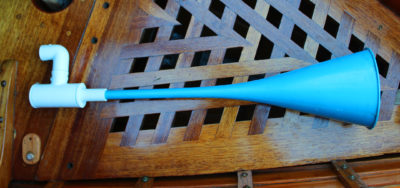
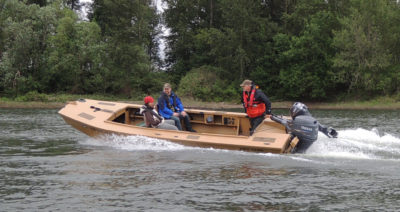
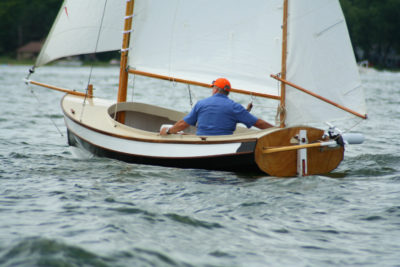
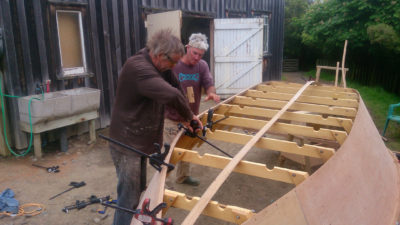
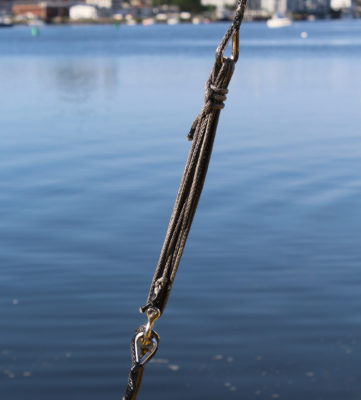
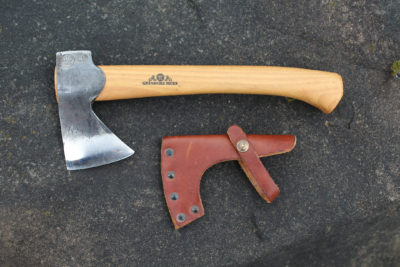
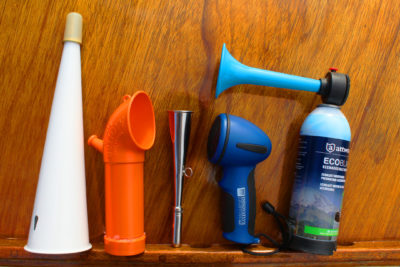
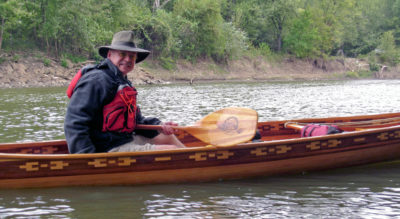
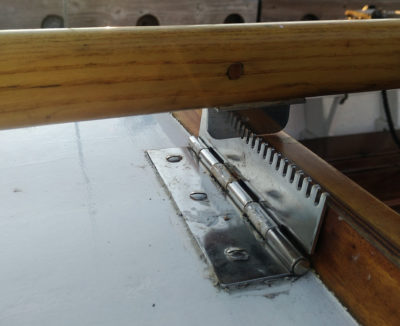
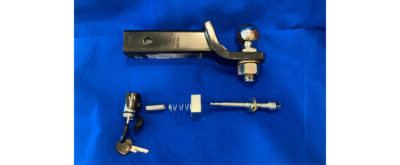
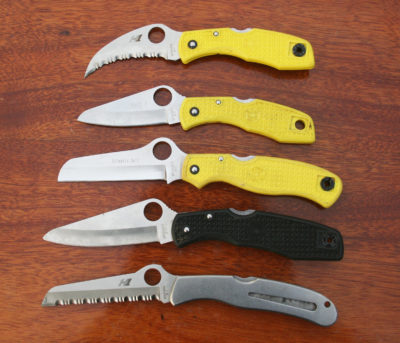
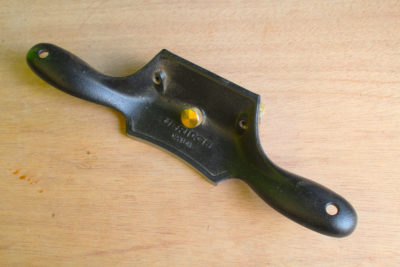
The SeaSense SafetyBlaster is an alternative to the Attwood Bellow in which the diaphragm is inside the horn making it less likely to need replacement. It is a straight-line horn. The small one is especially useful for sea kayakers. And the big Storm whistle that is made for PFD’s is a fine small alternative, one which you can always have with you in fog country. If you have a Perko, you’ll want to try to put it someplace were you won’t step on it.